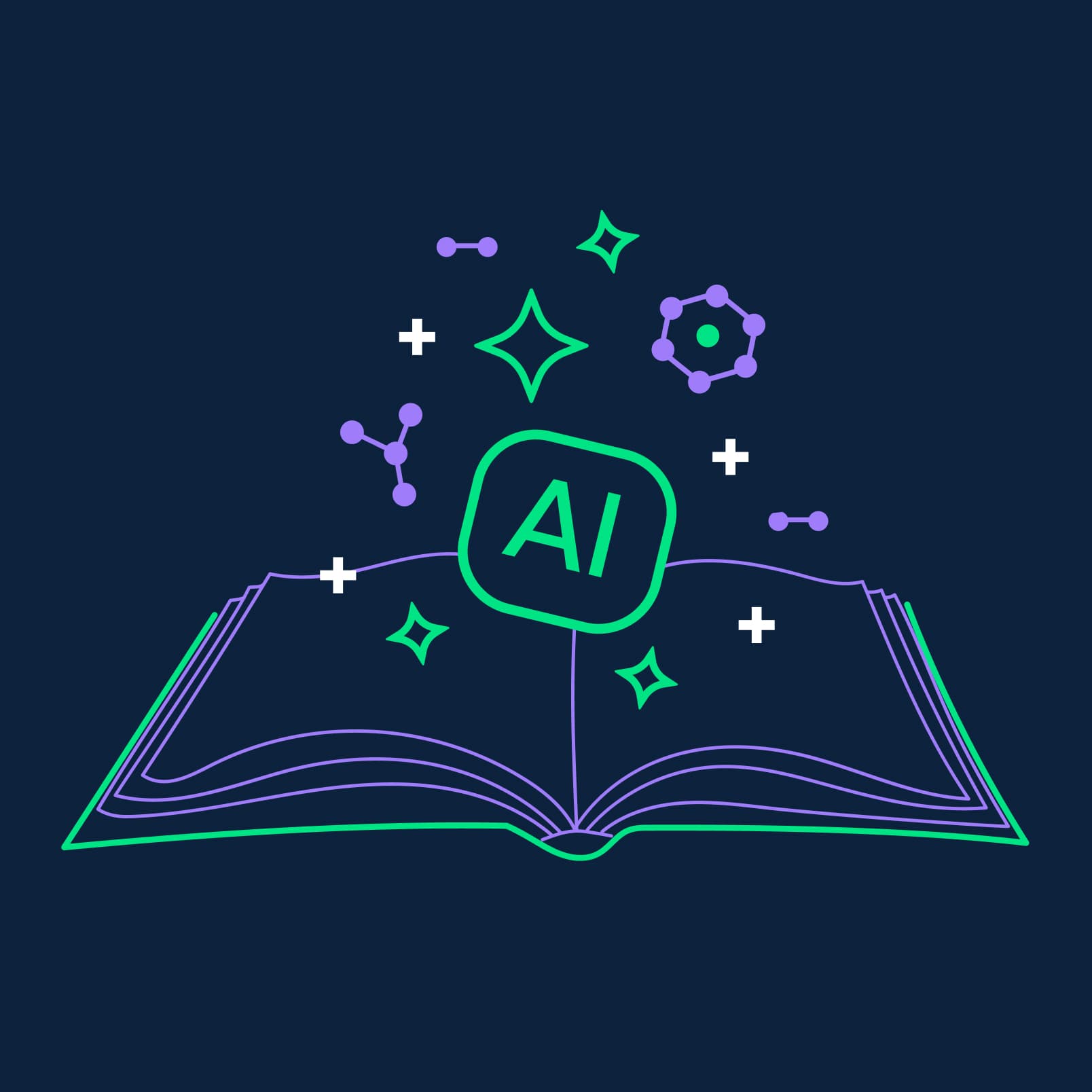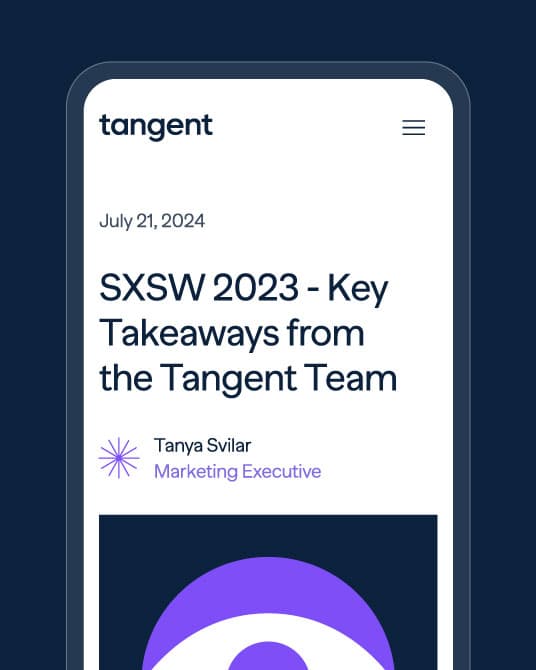
What does AI adoption look like for companies? Andy Eva-Dale at Tangent spoke to four industry experts to find out how the tech is reshaping the working world.
While AI use is now widespread, it’s not a stretch to say that even some of the most advanced brands are still figuring out how to properly implement the tech. Some, on the other hand, may be more advanced than you’d ever guess from the outside looking in.
At Tangent, we found that there’s plenty of content and material being produced around AI right now, but not much in circulation that gives a voice to the experts and practitioners grappling with the tech daily.
So, we reached out to four industry experts from four unique brands, each united by a remit around artificial intelligence, and asked for their insights. Here are the four main trends that came out of those discussions.
1. Efficient uses
It’s the worst-kept secret going, but our experts aligned on AI emerging as a critical driver of operational efficiency and innovation. Across industries, businesses are using AI to automate repetitive tasks, streamline workflows, and optimize large-scale systems.
In manufacturing, AI-powered systems are replacing reactive processes with predictive models. Tarun Rana, managing partner and AI strategist, described how “digitalisation effectively became the factory’s nervous system,” enabling real-time adjustments that reduced downtime and optimised resource use.
Similarly, service industries are leveraging AI to eliminate administrative burdens. Mark Parr, head of technology at Buzzacott, noted: “AI has allowed us to move beyond the grind of day-to-day admin […] freeing up brainpower for more complex challenges.”
These examples illustrate a larger trend: AI is no longer confined to back-office functions but is instead enabling organisations to rethink and reconfigure their core operations. Businesses that integrate AI strategically are not just improving efficiency, they are reshaping their competitive edge.
2. Data is lifeblood
The experts agreed that while AI’s potential is vast, its effectiveness hinges on one critical factor: data. High-quality, structured data is essential to unlocking AI’s capabilities, yet many organisations struggle with fragmented or inconsistent datasets. This is not merely a technical hurdle but an operational challenge that requires a fundamental shift in how businesses collect, manage, and leverage information.
Juergen Weichenberger, vice president of AI strategy and innovation at Schneider Electric, emphasised the importance of robust data practices, stating: “We don’t have to beg for data – we generate it ourselves. This proprietary data allows us to build highly accurate AI models that predict product durability, pinpoint potential failure points, and ensure quality.”
Similarly, Rana pointed out that “without clean, well-structured data, even the best AI systems are useless,” underscoring the challenges organisations face in preparing data for AI applications.
This emphasis on data is reshaping priorities for businesses, placing governance, standardisation, and accessibility at the forefront of digital transformation agendas.
3. Adoption barriers
Despite AI’s promise, experts outlined that the technology’s adoption remains fraught with challenges. Regulatory uncertainty, cultural resistance, and fears around automation displacing jobs present significant hurdles.
Weichenberger observed: “AI can identify that something is out of calibration, but it can’t fix the problem on its own.” His insights highlight the necessity of human expertise to complement AI’s capabilities, particularly in safety-critical environments.
Internal resistance also plays a role. Parr explained: “Introducing AI isn’t just a technical endeavour; it’s a cultural shift. People often resist change, especially if they perceive technology as a threat to their roles.”
Addressing these concerns through education, transparency, and clear communication is essential for fostering a culture that embraces AI as an enabler of human potential, not a replacement for it.
4. Green ally
AI is being recognised for its potential to advance sustainability goals. From optimising energy use in factories to reducing carbon emissions across supply chains, AI is helping our experts achieve ambitious climate targets.
Weichenberger highlighted Schneider Electric’s use of AI to monitor energy markets and make real-time decisions about consumption. “AI helps us stay carbon-neutral while ensuring that we’re not sacrificing profitability,” he explained. “It’s a win-win.”
Sustainability, even at a personal level, is on the minds of some experts, who see AI driving tools that support healthier habits and well-being. Dr. Amy Awad, AI principal director at Lenovo, described the transformative potential of AI in wellness: “AI can help people make better choices for their own well-being – whether it’s managing stress, improving sleep, or adopting healthier habits.”
This being said, all our experts also acknowledged that carbon emissions are, nevertheless, on the rise despite these efficiencies. Quite simply, as our reliance on AI grows, so too does our use of data centres and other emission-heavy tech.
AI will become an indispensable tool for balancing environmental responsibility with business success. It’s our belief that much, however, still hinges on the ‘how’ behind AI’s use and adoption. The possibilities for creating efficiencies around traditional processes are vast, but doing so in a way that consciously accounts for the full journey is paramount to truly moving the dial on sustainability.
Thoughtful integration
Across the board, AI’s transformative potential is undeniable, but its success depends on thoughtful integration. Organisations must prioritise robust data infrastructures, foster a culture of trust and collaboration, and align AI initiatives with broader goals like sustainability and human empowerment.
For businesses, the question is no longer if they should adopt AI but how they can do so most effectively.
Click here to read the full white paper.
This article originally featured on The Drum and is available here.
Ready to explore AI
Discover our fast track 3-day Impact Workshops



















